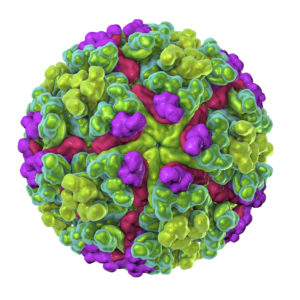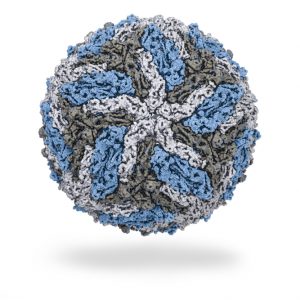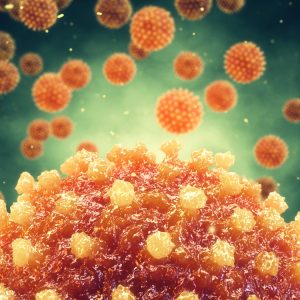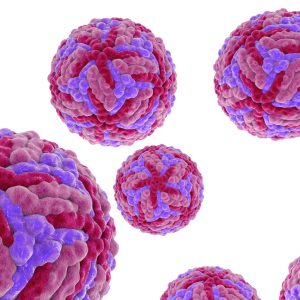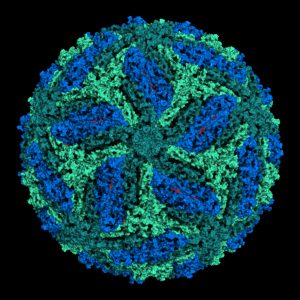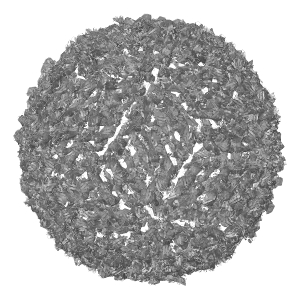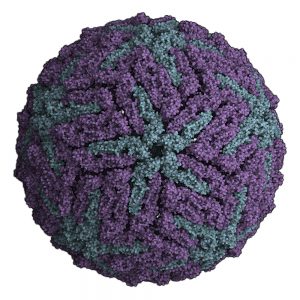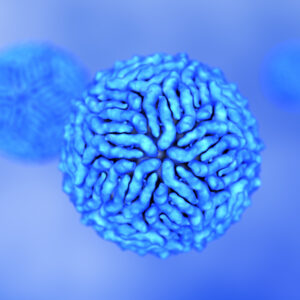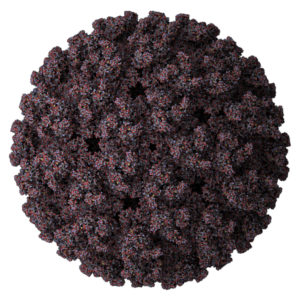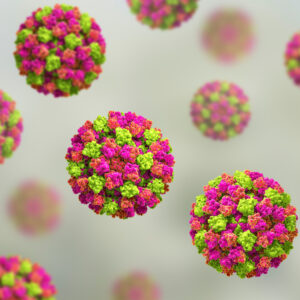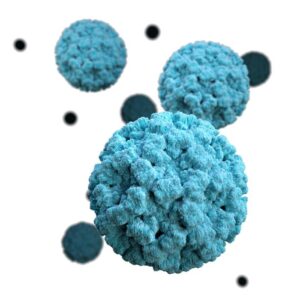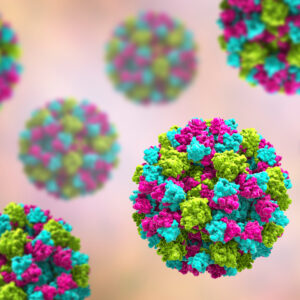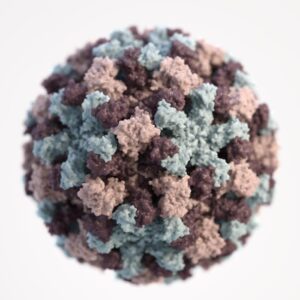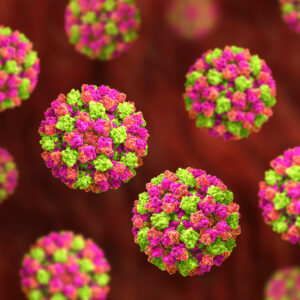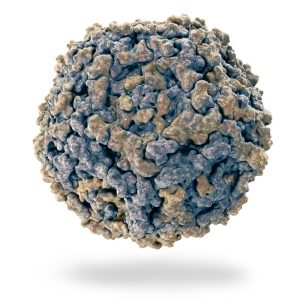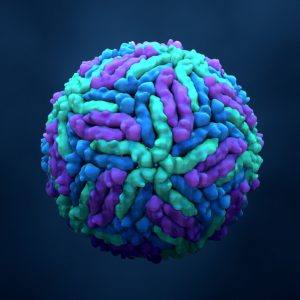Our Virus-Like Particles
The Native Antigen Company offers a range of recombinant virus-like particles for use in a variety of applications, including the development of in vitro diagnostic assays and vaccines.
Our Virus-Like Particles
Virus-like particles (VLPs) comprise the structural proteins of a viral particle, but don’t contain genomic material, making them non-infectious, while presenting all of the structural epitopes of a native virus. Because of these properties, VLPs have been increasingly used in diagnostic and vaccine R&D in recent years.
The Native Antigen Company has developed a range of over 20 virus-like particles. Produced from our VirtuE™ (HEK293) and insect-baculo expression systems, our VLPs are non-infectious and safe to use, while displaying native-like epitopes and glycosylation patterns. A study by Metz and colleagues, for example, showed that our VirtuE™-expressed dengue VLPs exhibit comparable epitopes to native viral particles.
Our VLPs are suitable for a wide range of applications, including the development of in vitro diagnostic assays and vaccines. The highly repetitive structural patterns presented by VLPs also makes them ideal antigens for raising high-avidity antibodies.
For more information on our VLP products, click the icons below:
Need More Information?

